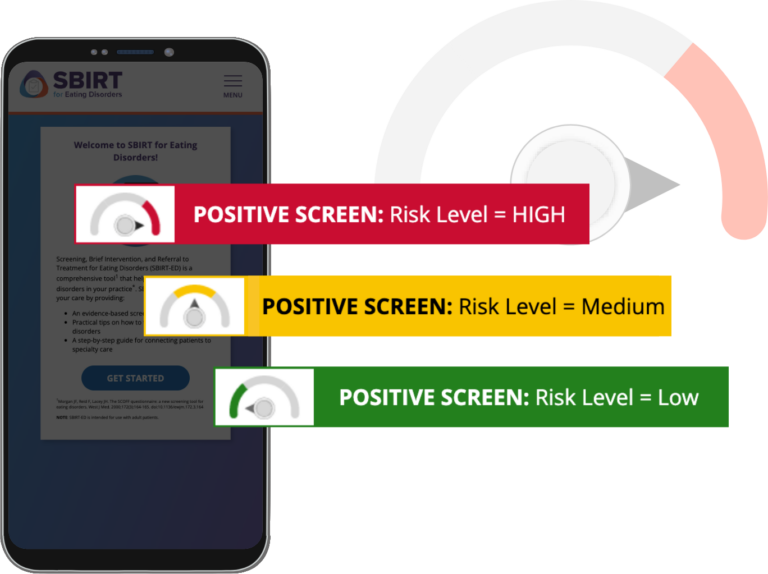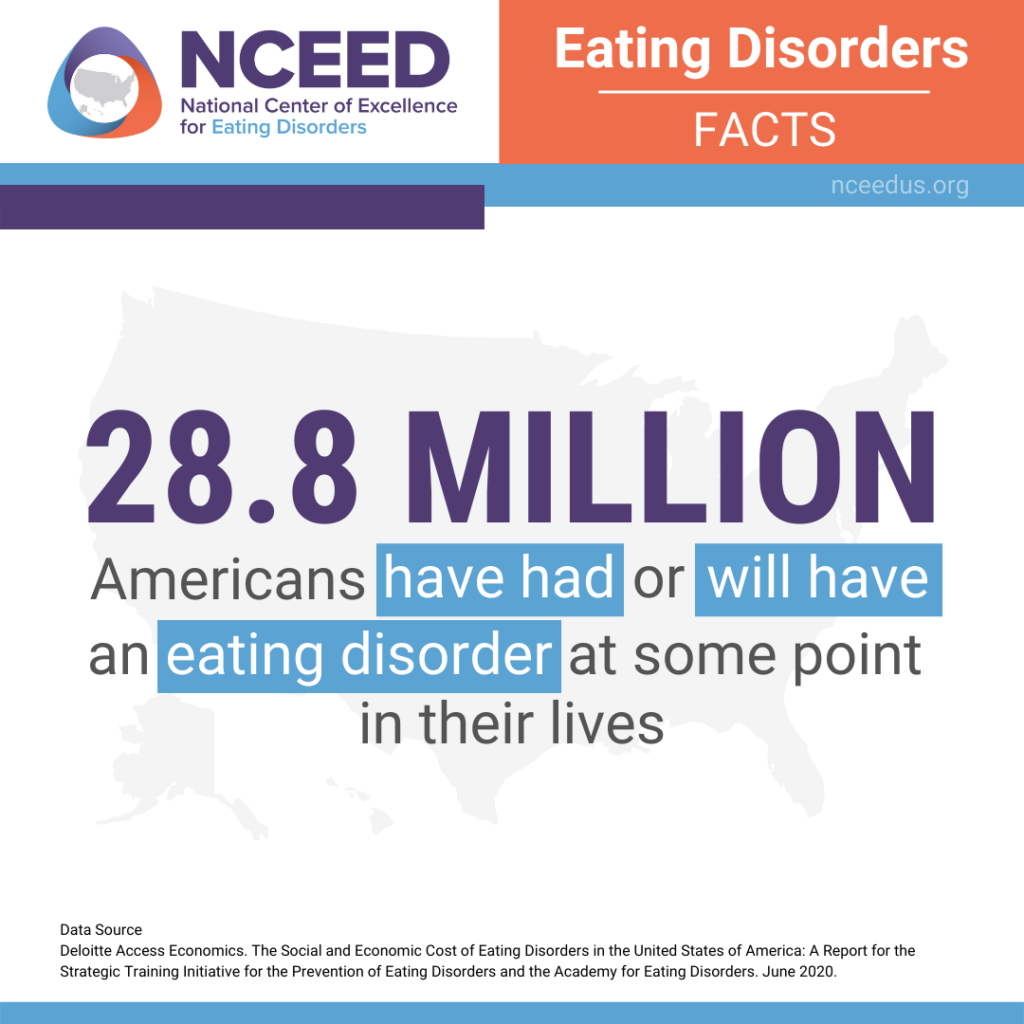Make Decisions that Make a Difference
Eating disorders often go undetected. Understand the signs and know how to get people the help they need.
Upcoming Live Webinar
Eating Disorders in Primary Care and Community-Based Clinics: Tools and Resources for the Clinician
Childhood and adolescence are times of growth and development and, thus, periods of increased risk of eating disorders. Assessing growth and development accurately, without weight bias, is essential for the healthcare provider in the screening, treatment, and prevention of eating disorders in pediatric patients.
In partnership with 
Date: May 22, 2024
Time: 3:00 PM
Presenter
Ellen S. Rome, MD, MPHOn-Demand Webinars for Healthcare Providers
Toolkit for Primary Care Providers
Our electronic toolkit has flyers, newsletters, infographics, and other materials to help you understand the effects of eating disorders. Browse the materials by clicking on each section to expand or minimize, then download any files you need.
SBIRT-ED Screener Tool
Screening, Brief Intervention, and Referral to Treatment for Eating Disorders (SBIRT-ED) is an easy-to-access tool for primary care providers.
It is critical to screen all patients for eating disorders, even those who do not show obvious signs or symptoms. The SBIRT-ED tool is practical, useful, and fits the needs of a busy practice. Get results and guidance you can share in real time during clinical visits.


MISSION
Our Mission
Our mission is to advance education and training of healthcare providers and to promote public awareness of eating disorders and eating disorder treatment. Our team is based at the University of North Carolina at Chapel Hill.










